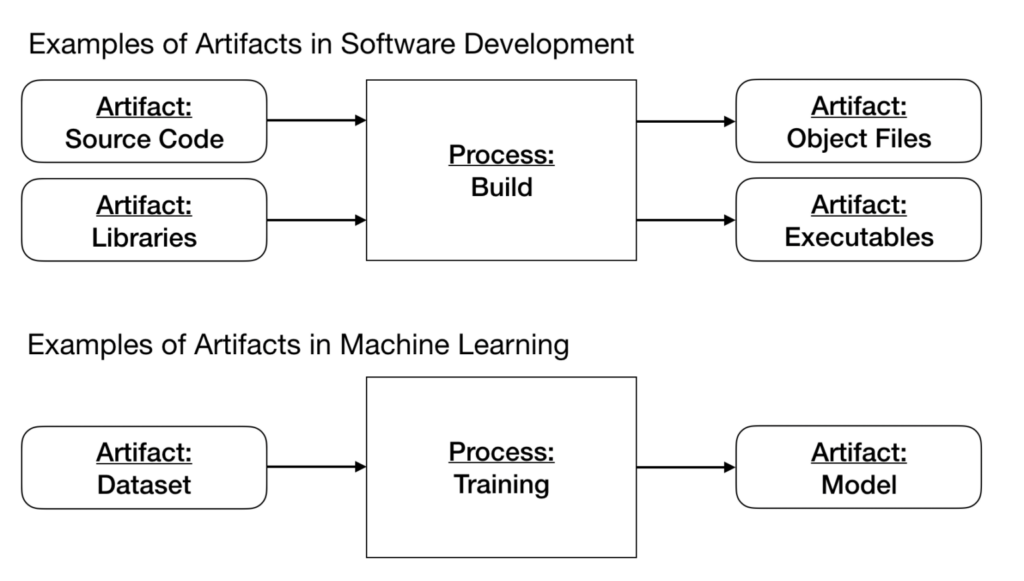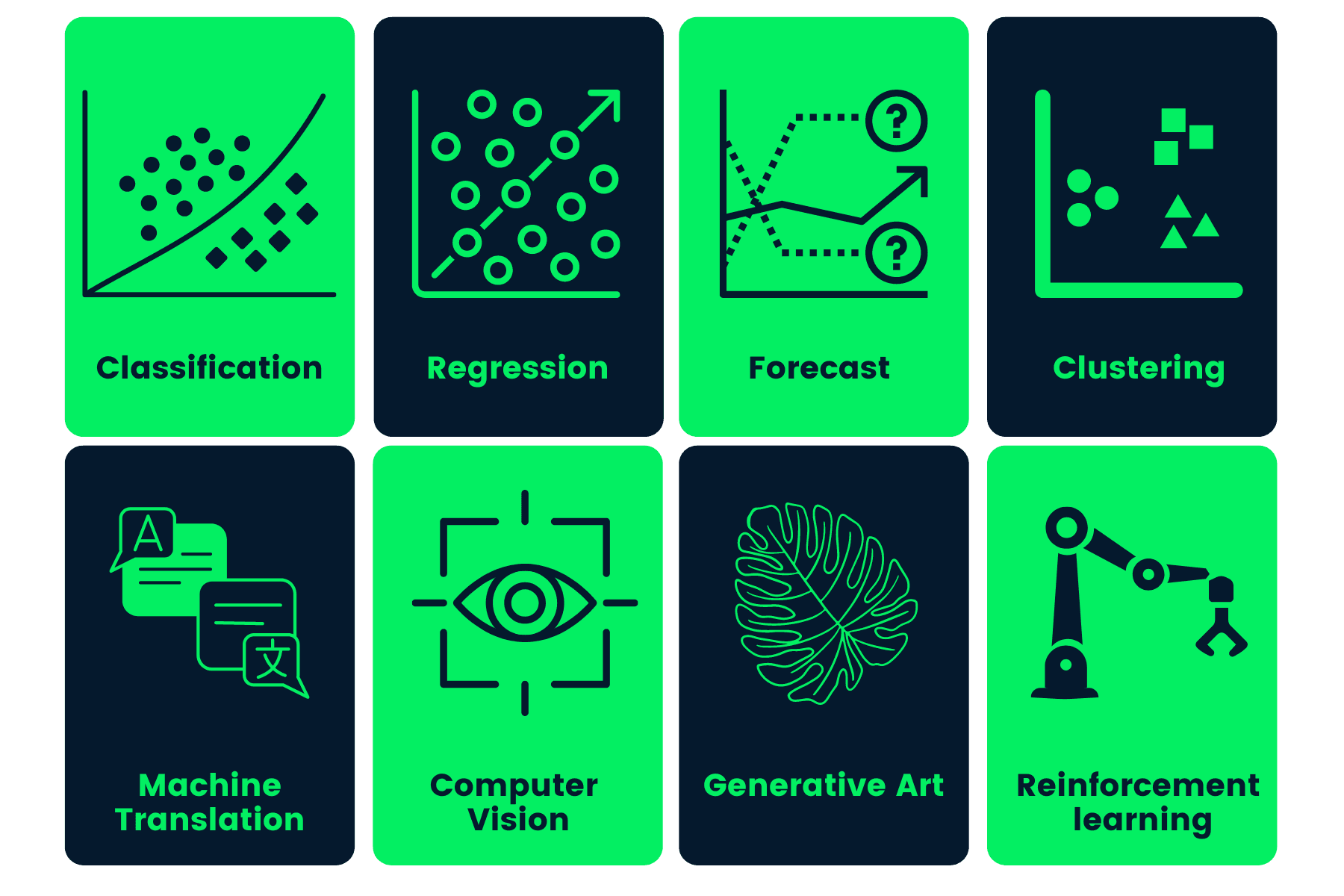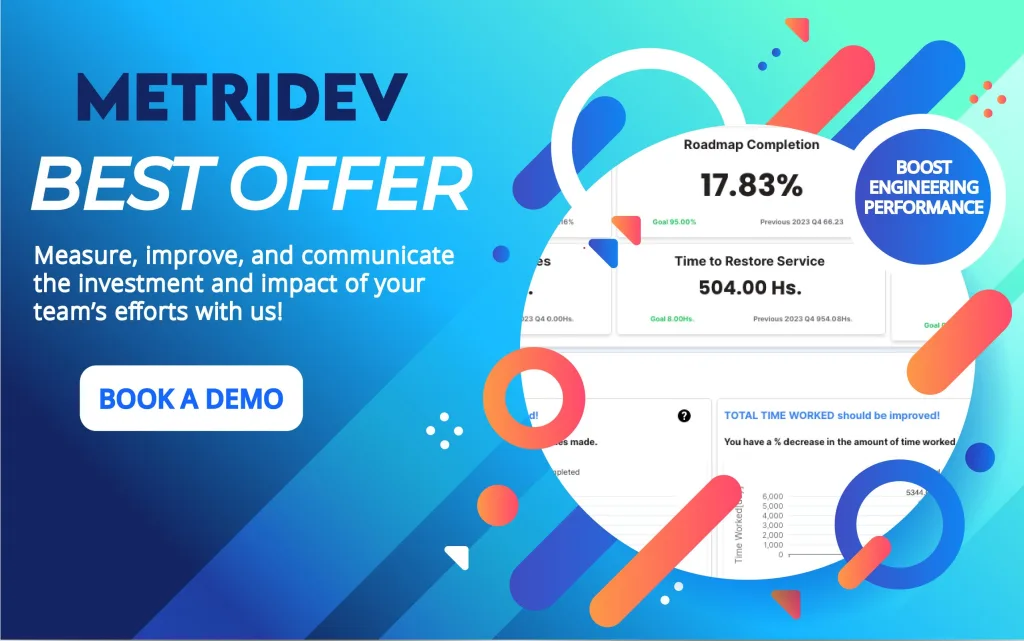All Categories
Featured
Table of Contents
You possibly know Santiago from his Twitter. On Twitter, every day, he shares a whole lot of practical things concerning machine knowing. Alexey: Before we go into our main subject of moving from software design to device learning, maybe we can start with your background.
I went to university, obtained a computer system science level, and I began building software program. Back after that, I had no concept regarding maker knowing.
I understand you've been utilizing the term "transitioning from software program engineering to maker discovering". I like the term "adding to my ability established the artificial intelligence skills" extra since I assume if you're a software engineer, you are already giving a great deal of worth. By integrating artificial intelligence now, you're boosting the impact that you can carry the industry.
Alexey: This comes back to one of your tweets or maybe it was from your program when you compare 2 techniques to understanding. In this instance, it was some issue from Kaggle regarding this Titanic dataset, and you just find out how to resolve this problem making use of a particular tool, like choice trees from SciKit Learn.
Fascination About Machine Learning Engineer Learning Path
You initially learn mathematics, or straight algebra, calculus. When you recognize the math, you go to equipment understanding concept and you find out the theory. 4 years later on, you lastly come to applications, "Okay, just how do I make use of all these four years of math to solve this Titanic trouble?" ? So in the former, you sort of conserve yourself time, I believe.
If I have an electric outlet right here that I require changing, I do not want to go to university, spend 4 years comprehending the mathematics behind power and the physics and all of that, simply to transform an outlet. I prefer to begin with the outlet and locate a YouTube video clip that aids me undergo the issue.
Santiago: I truly like the concept of beginning with a trouble, trying to throw out what I know up to that trouble and understand why it doesn't work. Get the tools that I need to solve that issue and begin excavating much deeper and deeper and deeper from that factor on.
To ensure that's what I normally recommend. Alexey: Possibly we can speak a little bit about discovering resources. You pointed out in Kaggle there is an introduction tutorial, where you can obtain and find out how to choose trees. At the beginning, before we started this meeting, you discussed a couple of publications.
The only demand for that course is that you know a little bit of Python. If you go to my account, the tweet that's going to be on the top, the one that claims "pinned tweet".
All About Machine Learning Engineer Course

Also if you're not a programmer, you can start with Python and work your means to more maker learning. This roadmap is focused on Coursera, which is a platform that I really, truly like. You can examine all of the programs totally free or you can spend for the Coursera membership to obtain certificates if you want to.
Alexey: This comes back to one of your tweets or perhaps it was from your program when you compare two techniques to discovering. In this instance, it was some problem from Kaggle regarding this Titanic dataset, and you simply discover exactly how to solve this trouble utilizing a specific device, like decision trees from SciKit Learn.

You first find out mathematics, or direct algebra, calculus. When you know the math, you go to device learning theory and you discover the theory.
If I have an electric outlet here that I require changing, I don't wish to go to college, invest 4 years comprehending the math behind electricity and the physics and all of that, just to change an electrical outlet. I would rather begin with the electrical outlet and discover a YouTube video clip that helps me undergo the problem.
Negative example. You obtain the concept? (27:22) Santiago: I actually like the idea of starting with an issue, attempting to throw away what I recognize as much as that trouble and comprehend why it does not function. Get hold of the devices that I require to resolve that issue and begin excavating much deeper and much deeper and much deeper from that point on.
To make sure that's what I usually suggest. Alexey: Possibly we can talk a bit regarding finding out resources. You mentioned in Kaggle there is an intro tutorial, where you can obtain and find out how to choose trees. At the beginning, prior to we began this meeting, you pointed out a pair of publications.
The Main Principles Of 🔥 Machine Learning Engineer Course For 2023 - Learn ...
The only need for that program is that you know a little of Python. If you're a programmer, that's an excellent base. (38:48) Santiago: If you're not a programmer, after that I do have a pin on my Twitter account. If you go to my account, the tweet that's going to be on the top, the one that claims "pinned tweet".
Also if you're not a designer, you can start with Python and function your way to even more device understanding. This roadmap is concentrated on Coursera, which is a platform that I actually, actually like. You can examine all of the training courses completely free or you can pay for the Coursera registration to get certifications if you want to.
The 2-Minute Rule for Aws Machine Learning Engineer Nanodegree
To ensure that's what I would certainly do. Alexey: This returns to among your tweets or maybe it was from your training course when you contrast 2 methods to learning. One technique is the problem based method, which you simply chatted about. You locate a problem. In this case, it was some problem from Kaggle regarding this Titanic dataset, and you simply discover how to solve this issue making use of a details tool, like choice trees from SciKit Learn.

You initially discover mathematics, or straight algebra, calculus. When you know the math, you go to device learning theory and you find out the theory.
If I have an electrical outlet right here that I require changing, I do not intend to go to college, spend 4 years understanding the math behind electrical power and the physics and all of that, just to alter an electrical outlet. I would instead begin with the outlet and discover a YouTube video clip that aids me experience the issue.
Santiago: I actually like the idea of starting with an issue, attempting to toss out what I understand up to that issue and recognize why it doesn't work. Get hold of the tools that I require to address that trouble and start digging much deeper and deeper and deeper from that point on.
Alexey: Perhaps we can speak a little bit regarding discovering sources. You stated in Kaggle there is an intro tutorial, where you can get and discover just how to make decision trees.
How Computational Machine Learning For Scientists & Engineers can Save You Time, Stress, and Money.
The only demand for that program is that you understand a bit of Python. If you're a developer, that's an excellent starting factor. (38:48) Santiago: If you're not a programmer, then I do have a pin on my Twitter account. If you go to my account, the tweet that's mosting likely to be on the top, the one that claims "pinned tweet".
Also if you're not a programmer, you can begin with Python and function your means to even more device learning. This roadmap is concentrated on Coursera, which is a platform that I actually, actually like. You can audit every one of the programs free of cost or you can spend for the Coursera subscription to obtain certifications if you intend to.
Alexey: This comes back to one of your tweets or maybe it was from your training course when you compare two strategies to knowing. In this situation, it was some issue from Kaggle concerning this Titanic dataset, and you simply find out how to address this issue making use of a certain tool, like decision trees from SciKit Learn.
You initially find out mathematics, or linear algebra, calculus. When you know the mathematics, you go to device knowing concept and you find out the theory. Then 4 years later, you ultimately involve applications, "Okay, just how do I utilize all these four years of math to resolve this Titanic problem?" Right? In the former, you kind of conserve on your own some time, I think.
Pursuing A Passion For Machine Learning Things To Know Before You Buy
If I have an electric outlet right here that I need changing, I do not wish to most likely to university, spend four years understanding the math behind electricity and the physics and all of that, simply to change an outlet. I would instead start with the electrical outlet and discover a YouTube video clip that aids me experience the issue.
Santiago: I actually like the concept of beginning with an issue, attempting to toss out what I recognize up to that issue and recognize why it doesn't function. Order the devices that I require to address that trouble and begin excavating deeper and much deeper and much deeper from that point on.

That's what I typically recommend. Alexey: Maybe we can chat a bit about learning resources. You discussed in Kaggle there is an introduction tutorial, where you can get and find out just how to make decision trees. At the start, prior to we started this interview, you stated a pair of books.
The only need for that course is that you know a little of Python. If you're a developer, that's an excellent base. (38:48) Santiago: If you're not a programmer, then I do have a pin on my Twitter account. If you most likely to my profile, the tweet that's going to be on the top, the one that claims "pinned tweet".
Also if you're not a designer, you can begin with Python and work your method to more artificial intelligence. This roadmap is concentrated on Coursera, which is a platform that I truly, actually like. You can examine all of the training courses totally free or you can spend for the Coursera subscription to get certificates if you intend to.
Table of Contents
Latest Posts
The Best Online Platforms For Faang Software Engineer Interview Preparation
How To Answer Business Case Questions In Data Science Interviews
The Ultimate Software Engineering Phone Interview Guide – Key Topics
More
Latest Posts
The Best Online Platforms For Faang Software Engineer Interview Preparation
How To Answer Business Case Questions In Data Science Interviews
The Ultimate Software Engineering Phone Interview Guide – Key Topics